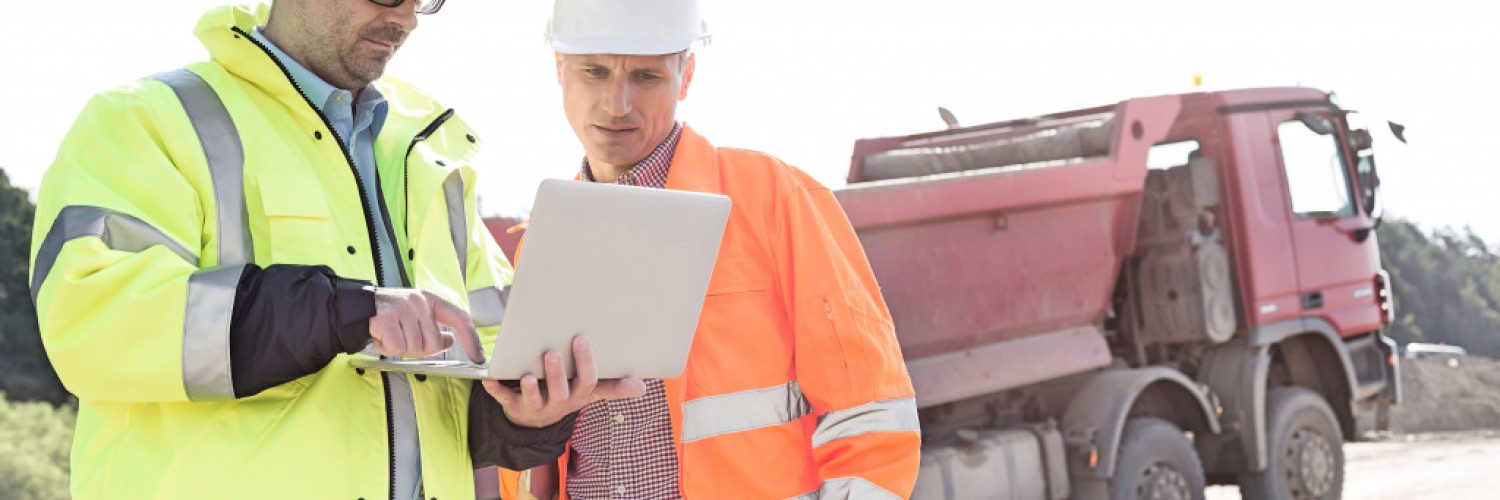Tokyo, Singapore, Helsinki, and Copenhagen are four of the most modern cities in the world. They are well-developed areas where infrastructure, public services, and private buildings work hand in hand to provide citizens with the tools they need to have prosperous lives.
As far as construction, they represent a new era in technological development and economic and environmental sustainability.
But what does that mean exactly? For starters, it is about speed, efficiency, and safety in construction processes. It also includes collaboration and overall city planning.
Let us look in greater detail at real-life examples of how these concepts are applied.
Speed and Efficiency
In the real estate and construction industries, few things are more important than speed. Among other reasons, in a commercial or residential construction project, most people are being paid by the day. In addition, there are other expenses such as utilities, the renting of equipment, and many others that accumulate over time and can represent an enormous expense to your enterprise.
For that reason, it is indispensable that companies find the right solutions to speed up their various processes while at the same time maintaining top quality and performance levels.
Luckily, we live in an age where firms can use multipurpose vertical lifts, telehandlers, and other tools for different projects. These machines provide more efficient and safer solutions and come in different models that suit minimum requirements and specific levels of functionality.
Safety at the Core
Lunch atop a Skyscraper is an evocative, industrialization-defining picture taken on September 20th, 1932, more than 250 meters above the ground. In it, 11 construction workers are having lunch on the ironwork of what would later become the Rockefeller Center in New York City. One incredible thing to note is that not a single one of them is wearing a harness or any other kind of protective device. If he were to fall from that height, the chances of survival would be zero.
Over the years, the number of construction-site-related accidents has been a major cause of concern. Along with the loss of life and permanent injury they represent, it is also a matter of corporate responsibility and making sure people can maintain a steady livelihood to provide for themselves and their families. As such, safety has become the number one priority for all those involved in the industry.
A Collaborative Process

Depending on the size and scope of a project, a construction team will often include a construction manager, a lead architect, a construction expeditor, an estimator, a supervisor, an electrician, an engineer, a foreman, and several construction workers. In larger undertakings, there can be two or three of each and hundreds of construction workers. As we can see, it is a highly complex endeavor that requires effective collaboration to succeed.
But how can an enterprise have all these individuals working together in a timely and efficient manner? Most importantly, is there a way to do this in real-time and avoid delays in decision making and expedition?
Like most things, the answers to these questions can be found in technology, namely building information modeling or BIM systems. These programs provide those involved with a centralized database and a comprehensive simulation platform ideal for testing, the scheduling of tasks, and the measuring of both human and energy outputs.
City Planning
A building in and of itself is an independent structure created to fit the specific needs of those working or living inside it. In a commercial facility, this constitutes a set of elevators, public bathrooms, rest areas, receptions, communication systems, and many others. In a residential development project, things to look into are the number of units, public facilities such as swimming pools and fitness centers, and parking spaces for residents and visitors.
Still, as concepts like sustainability, smart city planning, and the sharing of resources continue to gain traction in modern metropolises, it is no longer enough for it to stand on its own. Rather, it has to exist as a complementary part of an entire area or district. In essence, it has to reside in visual harmony with surrounding structures and minimize the collective use of natural resources such as water and energy for internal equipment and ventilation systems.
The buildings of today are constructed in a fast and effective manner. In addition, they are synonymous with safety for everybody involved. Third, they represent exercises in collaboration and the real-time sharing of information. Finally, even if they stand alone, they are individual components of an overall scheme in the general designing and groundwork of an entire city.

